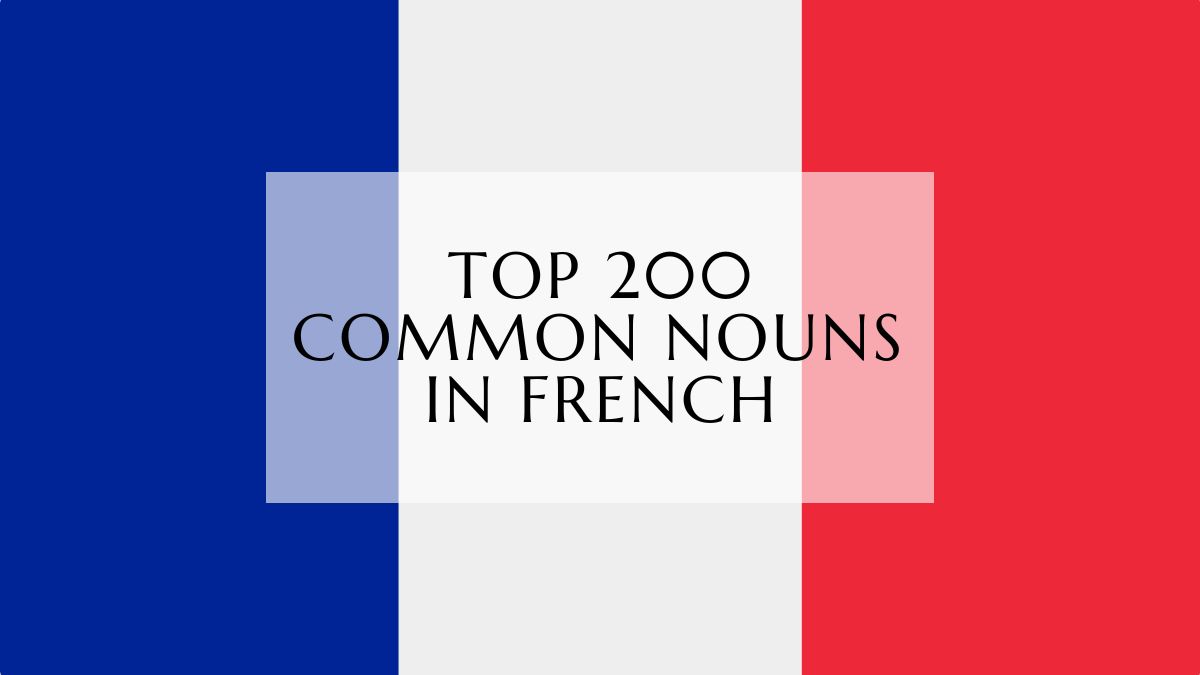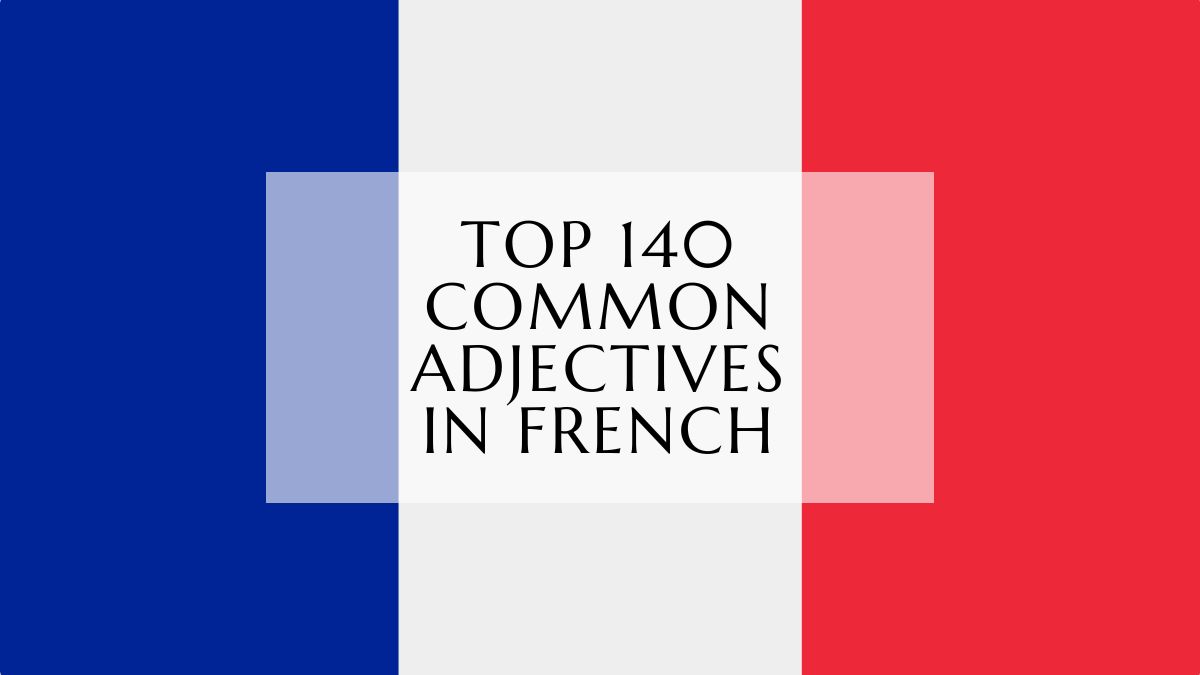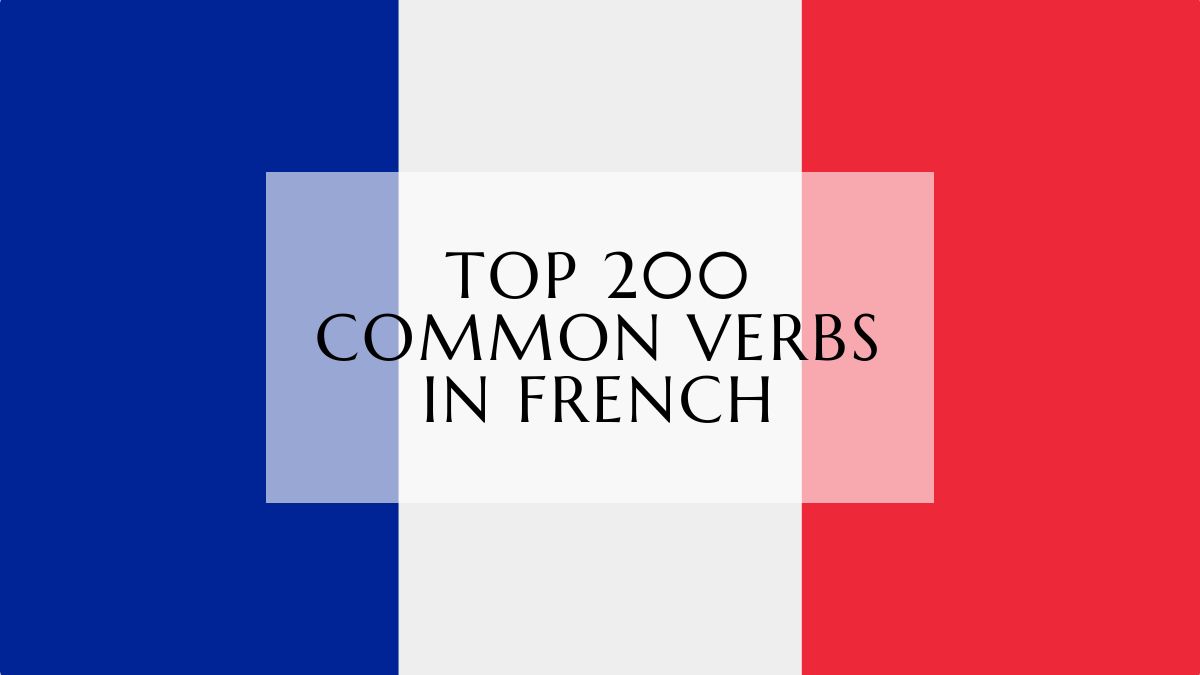The French language is a beautiful tongue that has charmed the world for ages. It flows from the charming streets of Paris to the scenic vineyards of Bordeaux. The French language is a key way to communicate, express culture, and share ideas around the globe. In this article, we’ll dive into the French language’s history, its various dialects, and why it’s important worldwide. We’ll also share how to learn French with Lingualid.
Key Takeaways
- Discover the rich history and evolution of the French language, tracing its roots to the Romance language family and the influence of Latin.
- Explore the diverse regional dialects and accents that add depth and nuance to the French language, reflecting the cultural tapestry of the Francophone world.
- Understand the global importance of French as an official language and its prominence in international organizations, business, and cultural exchange.
- Gain practical insights into the essential elements of the French language, including grammar, vocabulary, and pronunciation, to kickstart your learning journey with Lingualid.
- Appreciate the enduring allure and significance of the French language in the contemporary global landscape.
- Key Takeaways
- The Romance Language Family
- The Influence of Latin and Other Languages
- French as an Official Language
- The Francophone World
- What is the origin and history of the French language?
- What are the different dialects and accents of French?
- Why is French considered a global language?
- What are the essentials of learning the French language?
Exploring the Origins and History of French
The French language has a deep and interesting history. It comes from the Romance language family. Over time, French has changed into the language we know today.
The Romance Language Family
French belongs to the Romance language family. This group includes languages like Spanish, Italian, Portuguese, and Romanian. They all come from Vulgar Latin and share many features.
The origins of the French language can be traced back to the Vulgar Latin spoken by the Roman Empire’s inhabitants in what is now modern-day France. After the fall of the Roman Empire, the Latin spoken in this region evolved, influenced by the Germanic languages of the Frankish invaders and the Celtic languages of the native Gauls. This blend gradually developed into Old French by the 9th century, characterized by distinct regional dialects.
During the Middle Ages, the dialect of Île-de-France, known as Francien, began to dominate due to the political and cultural power of Paris. By the 14th century, Middle French emerged, simplifying grammar and incorporating a growing number of loanwords from Latin and other languages. The Renaissance and subsequent centuries saw further standardization and enrichment of the French language, leading to the modern French spoken today, which remains a testament to its complex and multicultural origins.
The Influence of Latin and Other Languages
The influence of Latin on French is huge. Latin was the language of the Roman Empire and shaped French grammar, words, and structure. French also took in words and ways of speaking from languages like Frankish and Celtic.
| Language | Influence on French |
|---|---|
| Latin | Shaped the grammar, vocabulary, and syntax of French |
| Frankish | Contributed words and linguistic elements |
| Celtic Languages | Introduced new vocabulary and influenced the sound of French |
The french language has changed a lot because of these influences. This mix has made French the rich and expressive language we love today.
The Diversity of French Dialects and Accents
Exploring the French language shows a linguistic diversity. From the rolling r’s of Parisian French to the lilting cadences of Québécois, French dialects and accents highlight the language’s multifaceted nature.
The French language has a wide range of regional variations. In the north, Picardy and Normandy have distinct melodic qualities. The south, with accents from Marseille and Toulouse, has a more expressive and emotive flair.
French also has a diverse array of minority dialects, each with its own history and cultural influences. Alsatian dialect shows German heritage, while Occitan dialects in the Pyrenees reflect their closeness to Spain.
| French Dialect | Characteristics | Region |
|---|---|---|
| Parisian French | Rolled r’s, nasal vowels | Paris and Île-de-France |
| Québécois French | Distinctive intonation, use of “tu” and “vous” | Québec, Canada |
| Picard | Guttural sounds, use of “ch” instead of “j” | Northern France |
| Occitan | Influence from Catalan and Spanish, use of “oc” for “yes” | Southern France |
This linguistic diversity shows the richness and dynamism of French. Exploring French reveals a world of captivating regional variations. Each has its own unique charm and cultural heritage.
The Importance of French in the Global Landscape
French has become a key language worldwide, going beyond just being spoken in France. It’s an official language in many countries and plays a big role in the Francophone world. This makes French a crucial part of the global scene.
French as an Official Language
French is an official language in many countries around the world. It’s one of the six languages the United Nations uses, which is important for diplomacy and global work. It’s also the main language in 29 countries, like Canada, Switzerland, and many in Africa.
The Francophone World
The Francophone world shows how French has a big impact. It connects over 300 million people across five continents. This community spans from busy African cities to the Caribbean’s beautiful landscapes.
French is important in business, education, and cultural sharing. It helps people connect and understand each other better. Being an official language and a key part of the Francophone world shows French’s ongoing importance globally.

French Language: Learning the Essentials
Discover the captivating world of the French language. It opens doors to cultural and professional opportunities. This guide is for beginners or those wanting to improve their French. It gives you the essential tools to master the language.
We’ll explore French grammar and pronunciation. These are the basics that start your language learning. You’ll dive into the rich traditions and customs of the Francophone world. You’ll learn about the diverse dialects and accents that make French unique.
Lingualid is your guide on a rewarding journey. It improves your language skills and opens your world. You’ll grow personally, professionally, and culturally as you learn French with Lingualid.
Conclusion
French is not just a means of communication; it’s a gateway to a rich cultural and historical tapestry. From its early days influenced by Latin and various regional dialects to its current status as a global language, French has played a significant role in connecting people across continents. It’s one of the official languages in many international organizations and is spoken in numerous countries around the world. Learning French with tools like Lingualid can be an exciting journey that opens up new opportunities, whether for travel, business, or personal growth.
FAQ
What is the origin and history of the French language?
French comes from the Vulgar Latin spoken in Gaul. It has been shaped by languages like Celtic, Frankish, and Gallo-Romance. The Francien dialect from the Île-de-France region made French the main language in France and parts of Europe.
What are the different dialects and accents of French?
French has many dialects and accents across regions and communities. Francien, Picard, Walloon, Burgundian, and Norman are some major ones. Each dialect shows the cultural and linguistic history of its area through different sounds, words, and grammar.
Why is French considered a global language?
French is spoken by many people worldwide and is official in many countries. It’s key in international organizations like the United Nations and the European Union. The Francophone world has a big impact on global politics, business, and culture.
What are the essentials of learning the French language?
To learn French well, you need to get good at grammar, vocabulary, pronunciation, and talking. It helps to dive into French culture, watch French movies, and practice often. Lingualid offers tools and advice to help learners at any level learn French and its culture.
Oualid Cheddadi is the founder of Lingualid, a platform that inspires independent language learners worldwide, regardless of the language they are learning. The name “Lingualid” is derived from the Portuguese word for “language,” “língua,” and the last three letters of Oualid’s name, “Lid.”



